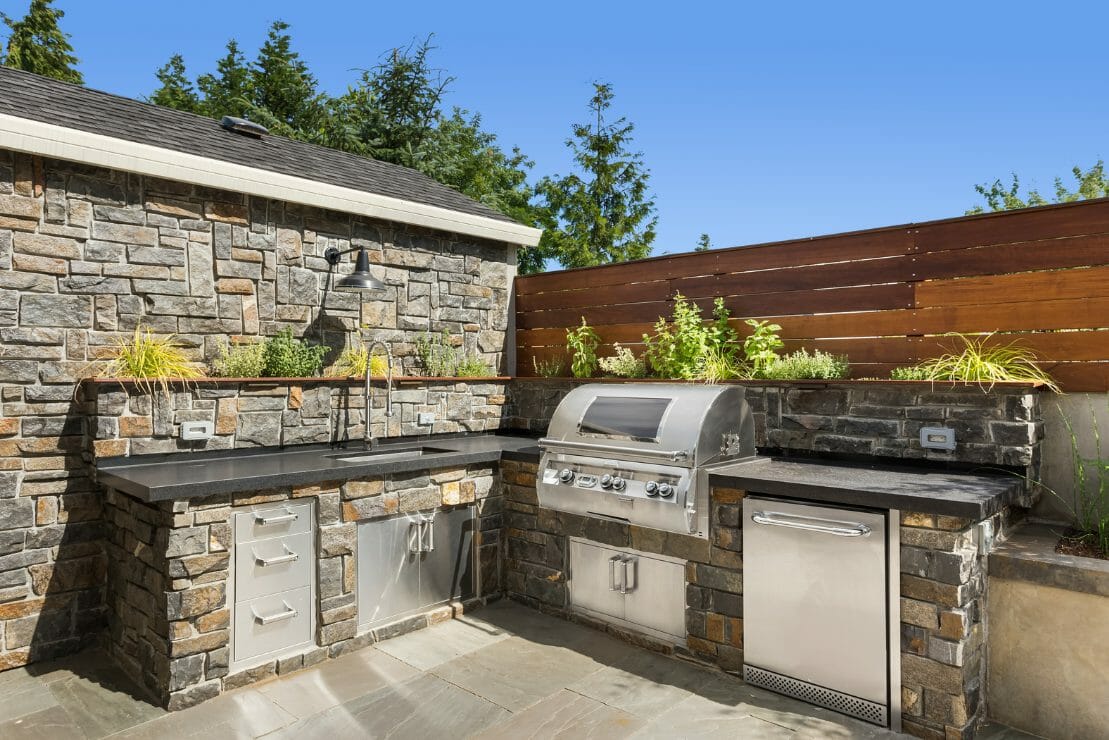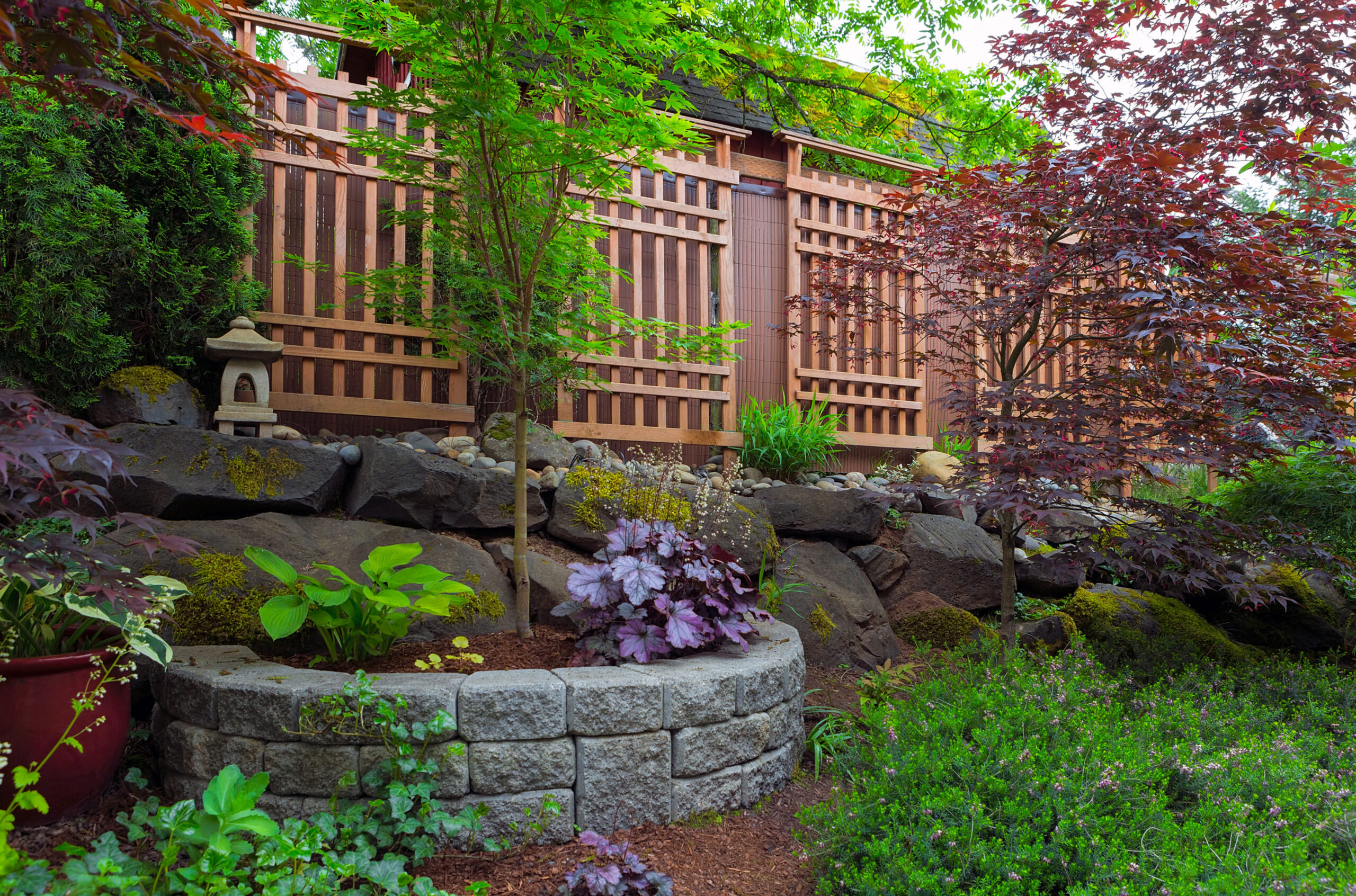
Keeping Your Lawn Healthy in the Midwest Summer
Lawn Tips from Your Trusted Hardscaping Company
As the temperatures rise and the days grow longer, the vibrant green lawns of the Midwest face the annual challenge of summer heat. Maintaining a healthy lawn during these hot months can be daunting, but with the right practices, your yard can thrive. Here at Exterior Enterprises, we understand the unique needs of Midwest lawns and are here to provide you with essential tips to keep your grass lush and green all summer long.
Watering Wisely
Watering is crucial for lawn health, especially during the summer. The key is to water deeply and infrequently. Aim for about 1 to 1.5 inches of water per week, applied in one or two sessions. Early morning watering is best, as it allows the grass to dry out during the day, reducing the risk of disease. Avoid evening watering, as prolonged moisture can lead to fungal issues.
Mowing Correctly
Mowing height and frequency play a significant role in lawn health. Set your mower blades to a higher setting, around 3 to 4 inches. Taller grass shades the soil, helping to retain moisture and protect the roots from heat. Additionally, avoid cutting more than one-third of the grass blade at a time. Frequent mowing with sharp blades ensures a clean cut and reduces stress on the grass.
Fertilizing Smartly
Summer is not the ideal time for heavy fertilization, but a light feeding can benefit your lawn. Use a slow-release fertilizer to provide steady nutrients without overwhelming the grass. Consider an organic option, which is gentler and improves soil health over time. Always follow the manufacturer’s instructions to avoid over-fertilization, which can scorch your lawn.
Managing Weeds
Weeds compete with your grass for nutrients and water. Regular weeding is essential to maintain a healthy lawn. Hand-pull weeds or use a targeted herbicide. Be cautious with chemical treatments in the summer heat, as they can stress your grass. Mulching around trees and garden beds can also help suppress weed growth.
Aerating the Soil
Compacted soil can hinder water and nutrient absorption. Aerating your lawn in the late spring or early summer allows air, water, and nutrients to penetrate the soil more effectively. Use a core aerator to remove small plugs of soil, creating space for roots to grow and thrive. This practice promotes a robust and resilient lawn.
Pest Control
Summer is prime time for lawn pests like grubs and bugs. Regularly inspect your lawn for signs of pest activity, such as brown patches. If you notice an infestation, consider using natural or chemical treatments to manage the problem. Beneficial nematodes and milky spore are organic options for controlling grubs.
Overseeding Bare Spots
If your lawn has bare or thin areas, summer is a good time for overseeding. Choose a grass variety suitable for your climate and overseed the bare spots. Keep the soil moist until the new grass establishes. This practice helps maintain a dense lawn, reducing the opportunity for weeds to take hold.
Creating Shade and Windbreaks
Strategically placing trees, shrubs, or hardscaping features can provide shade and reduce the impact of harsh summer winds. These elements not only enhance the aesthetic appeal of your yard but also create a more favorable microclimate for your grass.
Utilizing Proper Hardscaping
Incorporating hardscaping elements such as pathways, patios, and retaining walls can reduce the stress on your lawn. These features provide functional outdoor spaces and reduce the area that needs regular lawn care, making it easier to maintain a healthy yard.
Conclusion
Maintaining a healthy lawn in the Midwest summer requires a blend of proper watering, mowing, fertilizing, and pest management practices. By following these tips, you can ensure that your lawn remains a beautiful and inviting space throughout the hottest months. For more personalized advice and professional hardscaping solutions, contact us today. Let us help you create and maintain the perfect outdoor oasis.




